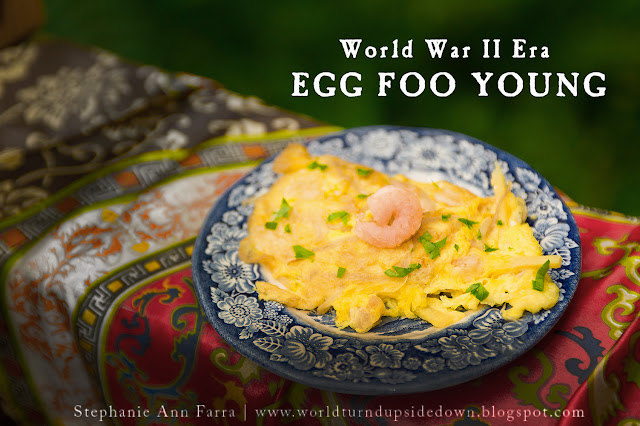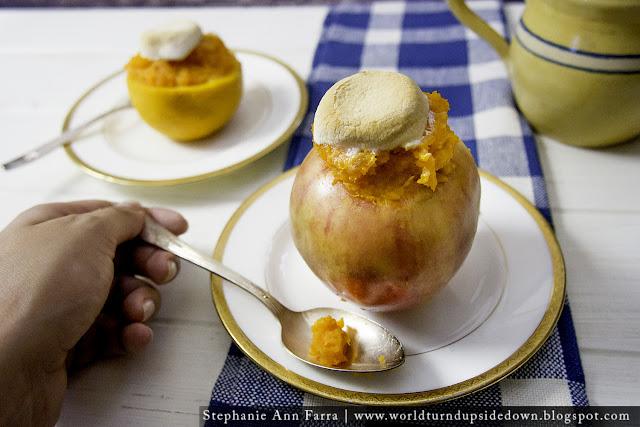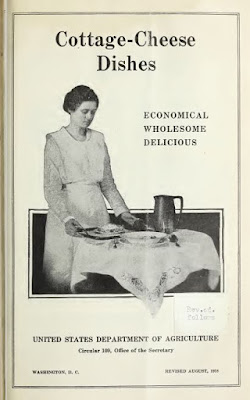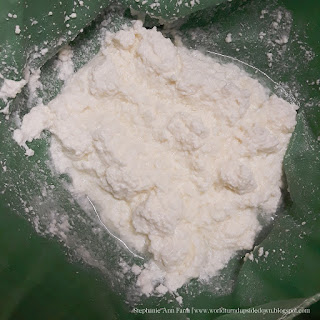Over the weekend we went antiquing and I found this really pretty booklet on sealing wax art. Sealing wax art involves melting sealing wax, originally used to seal letters, and shaping the softened wax into different beads and pendant shapes. I had seen wax flowers and pearls before but this was new and I never thought to try and make some myself.
DIY Your Own Vintage Style Jewelry with the whole book here: Sealing Wax Art
Some of my friends and I have been mailing each other letters with wax seals so I already had the materials and thought I might as well try and get some practice in before all those Roaring '20s parties start happening. I still need a lot of practice but it was fun to do. The book shows some very pretty, intricate examples.
 |
| My attempt. I still need more practice! |
The only advice I can give so far is that the harder, wax pellets that are melted in a spoon were giving me better results than the sticks with the wicks in them.
 |
| Advertisement from 1924 |
You can read the whole book here: Sealing Wax Art
If you try it out, I'd love to see photos of what you come up with!























